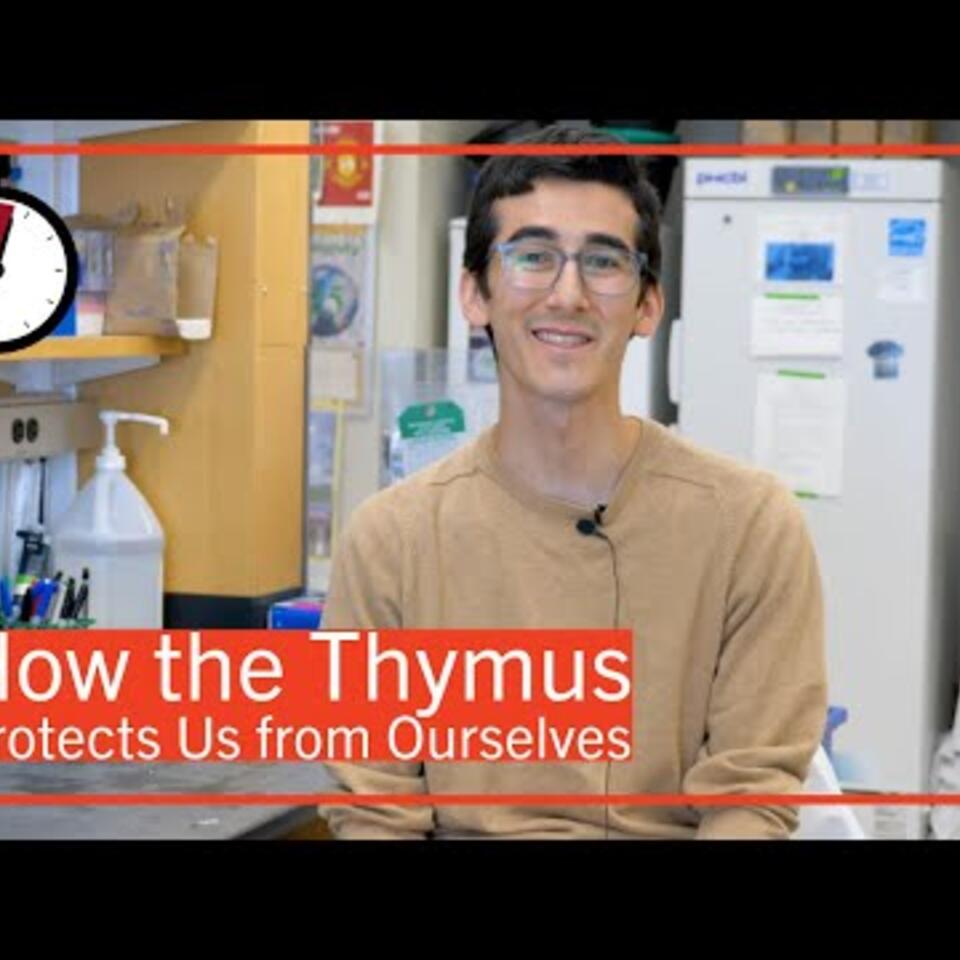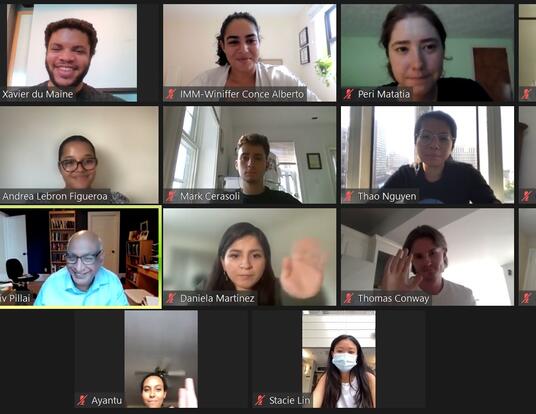TB or Not TB?
Hunting for a new cure to one of history’s most deadly diseases
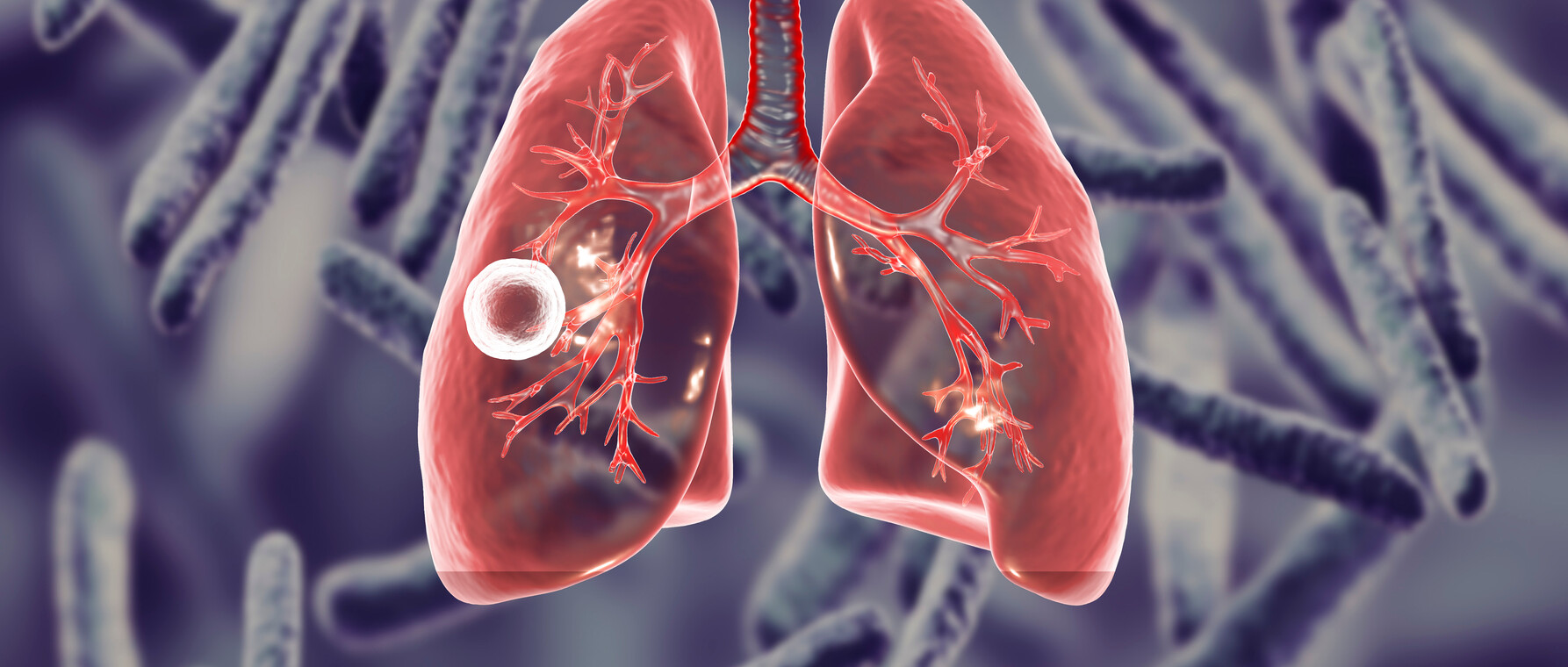
Research at Risk: Since World War II, universities have worked with the federal government to create an innovation ecosystem that has yielded life-changing progress. Now much of that work may be halted as funding is withdrawn. Find out more about the threats to medical, engineering, and scientific research, as well as how Harvard is fighting to preserve this work—and the University's core values.
When Harim Won speaks to K-12 students as part of the nonprofit Skype a Scientist program, he’s often asked what he likes best about being a biologist. He tells young people that he loves being on the frontier of human knowledge—and pushing that barrier out a little bit more. He loves the collaboration that good science demands. Most of all, he loves trying to find solutions to problems that can make a life or death difference to people around the world.
“We all dream that the small advances we make in our research might be instrumental in the development of a new drug or therapy,” he says. “Decades of research on coronavirus biology went into developing the COVID-19 vaccines, for instance. Some people said that trying to develop the mRNA technology on which the vaccines were based into a therapeutic was a waste of time. But then it came together at a critical moment in human history.”
As a fourth-year PhD student at Harvard’s Graduate School of Arts and Sciences in the Biological Sciences in Public Health program based at the Harvard T.H. Chan School of Public Health, Harry Won works to advance knowledge and save lives. As a member of Professor Eric Rubin’s lab at Harvard Chan, Won is researching a new approach to treating a disease that kills millions of people around the world: tuberculosis (TB).
Targeting a Killer
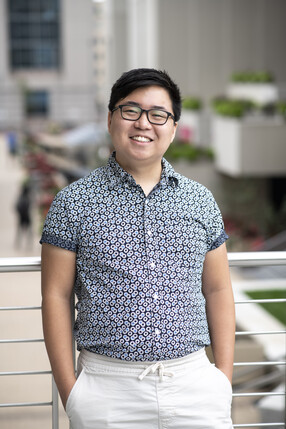
Every year, more than 10 million people are diagnosed with TB worldwide. About 1.4 million people die from the disease. As is often the case with infectious diseases, TB disproportionately impacts those in poor countries and the Global South. The World Health Organization (WHO) calls the disease an “epidemic” and endorses the United Nations’ Sustainable Development Goal of ending it by 2030.
“If you look back through history, TB is one of the biggest killers in terms of infectious diseases,” Won says. “It’s taken a billion lives in the past 130 years. That astounding toll on humanity is a big part of what motivates our work.”
Although TB is both preventable and treatable, resistance to traditional therapies is growing. The WHO calls multidrug-resistant TB “a public health crisis and a health security threat,” citing a 10 percent increase in cases from 2018 to 2019.
“Current TB drugs sort of stick in the active site of a protein,” Won explains. “It’s like if you had an old pocket watch and just jammed a small wad of Silly Putty into the gears. That’s how we’ve been treating TB for decades. But resistance to those treatments is growing and there aren’t any new drugs in the pipeline.”
Won’s approach is not to gum up the works, but instead to target and destroy critical parts of the machine. Cells need proteins to operate, Won explains. Themselves tiny molecular machines, each type of protein has a specific job to do. As they age, though, proteins can malfunction, causing damage to cells. When this happens, enzymes called proteases break down the old proteins and recycle their basic building blocks for use in new ones.
If you look back through history, TB is one of the biggest killers in terms of infectious diseases. It’s taken a billion lives in the past 130 years. That astounding toll on humanity is a big part of what motivates our work.
“Proteases are a class of proteins whose responsibility it is to chew up the misfolded, broken, or old proteins and break them down for recycling,” Won explains. “They function as molecular scissors or a sort of garbage disposal.”
The cells of bacteria like the strain that causes TB also need proteins to function. Won wants to use proteases to break down those proteins so that the TB cells die—and the infected person lives.
“To go back to the pocket watch analogy,” Won says, “if we took the mainspring and totally destroyed it, the machine would stop. In the same way, if we could take proteases and make them degrade the proteins that TB cells need to live, that would hopefully kill the bacterial cell and stop disease progression.”
The scientific name for drugs developed through this strategy is targeted protein degradation (TPD), a relatively new way of treating disease. Using TPD, Won and his colleagues at the Rubin Lab are trying to engineer a drug molecule that would essentially "stick" a protease together with a protein that TB cells need to survive. The protease would then do its work, grinding up the proteins. The major obstacle for Won’s team now is finding the right protein to target.
“You can pop off the cover of a pocket watch and it would still function,” Won explains, “but you couldn't remove the mainspring. In the same way, there are around 4,000 proteins in a TB cell, but there are only about 500 of those that the cell needs to survive. All we really need is one among that 500 that we could disrupt to kill the cell. We’re screening proteins now to find it.”
Professor Eric Rubin, Won’s dissertation advisor, says that the PhD candidate’s work holds promise for the treatment of TB and may be useful in the fight against other infectious diseases.
“The Clp protease system that Harry studies is present in all bacteria but plays a unique role in mycobacteria like the ones that cause tuberculosis,” Rubin says. “It plays a key role in protein turnover and its activity has to be finely tuned. Even small changes in its activity are lethal for bacteria, making the Clp protease system an incredibly attractive novel target for antibiotics. In addition, its unique biochemistry means that it might be harnessed for other antibacterial strategies, an approach that Harry is currently exploring.”
Love Story
Won’s whole life has been a bit of an exploration. Born in South Korea, he came to the United States with his family when he was two years old, settling in Omaha, Nebraska. Although he was an Asian immigrant growing up in a Jewish family, Won says he had a “pretty normal” time as a kid and then as an undergraduate at the University of Nebraska at Omaha (UNO). “Being a first-generation immigrant in Omaha, I didn't maybe feel the same as some folks,” he says, “but I also didn’t have any notable bad experiences.” He’s definitely noticed a difference, though, since he came to GSAS. “I will say there are a lot more people of color at Harvard. I see a lot more Asian people walking around than I did back home, so that’s been cool.”
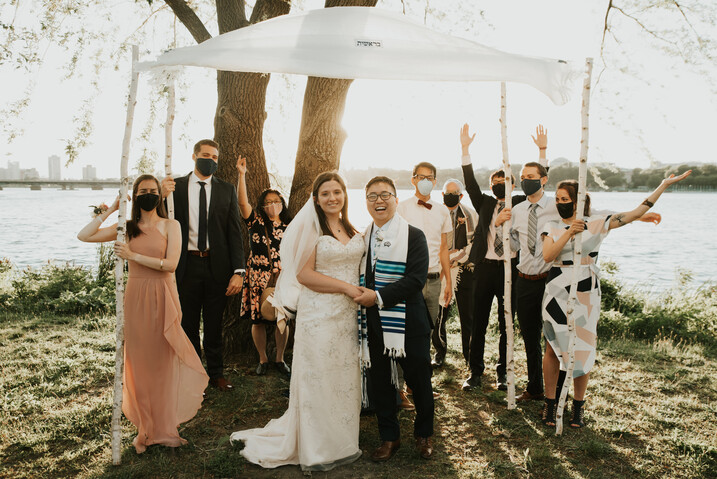
If his life before GSAS was an exploration, Won’s life since has been a love story—literally. He met his future wife Madalyn McFarland (now Madalyn Won) in college when they both worked in the Toxoplasma Lab at UNO. Both enrolled at GSAS, both in the PhD program in Biological Sciences in Public Health. The couple had big plans for a traditional Jewish wedding back in Nebraska last year with family and friends. When those were scuttled by the pandemic, the tight-knit community the two found at Harvard stepped in to help.
“Our wedding plans were completely upended by the coronavirus,” Won says with good humor. “So instead of having our ceremony in Omaha, we ended up having a tiny group of 10 people on the Esplanade. We set up on the banks of the Charles River with an iPad and broadcast the wedding on Zoom. Eric [Professor Rubin] officiated. It was a very special time.”
Won’s higher education love story also includes a passion for mentoring that led him to Skype a Scientist, a nonprofit that enables scientists to “connect with classrooms, families, libraries, scout troops, and more all over the globe.” He says his involvement with the group—like his research—stems from the desire to make a difference in people’s lives.
“We all dream of revealing some knowledge that is instrumental in developing a drug or a therapy that helps people,” he says. “But one researcher can only do so much science. Through effective mentoring, outreach, and advising, you can influence the lives of many young people who go on to do even bigger and better things. It’s one of the most inspiring aspects of participating in science.”
There are around 4,000 proteins in a TB cell, but there are only about 500 of those that the cell needs to survive. All we really need is one among that 500 that we could disrupt to kill the cell.
Won credits his mentor, Rubin, and his colleagues at GSAS, for enabling him to go on to do bigger and better things. After graduation, he hopes to join a venture capital firm and use his scientific training to advise companies developing breakthrough therapeutics.
“My graduate training at Harvard has given me the skills to be a bacterial geneticist,” he says. “At the most fundamental level, though, it’s taught me how to ask good questions—and find the answers. Along the way, the people of GSAS have given me every tool and resource I need for success and have made me feel I belong, even far away from home. Now, I think the best way to use these gifts is to pursue those questions which repair our world—for me, that lies in the process of developing new treatments for devastating diseases.”
This research was funded by the National Science Foundation Graduate Research Fellowship Program and the National Institute of Allergy and Infectious Diseases.
Photos by Becca Moot and Tony Rinaldo; Banner illustration courtesy of Shutterstock
Get the Latest Updates
Join Our Newsletter
Subscribe to Colloquy Podcast
Simplecast


